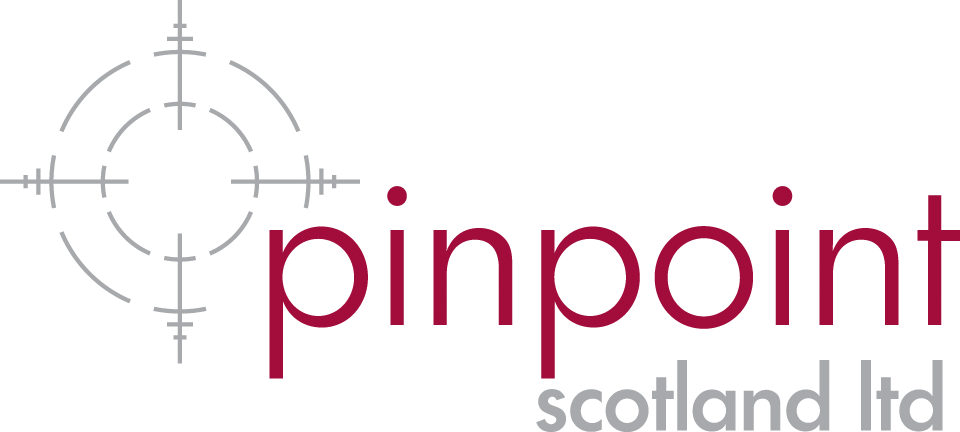Give Kids Sight Day (GKSD) is an outreach programme at Wills Eye Hospital to provide free vision screening, ophthalmic examinations and glasses. It started in 2009 and has seen >11,000 children. Its primary aim is to reach high-risk families including uninsured and under-insured families. A hybrid model was adopted after Covid-19. Screening is done virtually with follow-up in person for failed screens. This paper describes this hybrid model. During the virtual screen, trained screeners call and guide families in the set-up for a 5m Snellen visual acuity test (sent by post to the family). A fail is 20/40 or worse in either eye or a difference of >2 lines. An in-person examination is provided one week later at hospital. Refraction is done by an optometrist and glasses given where needed (two pairs free). If other pathology is noted, there is a paediatric ophthalmology referral. In 475 children, 166 were referred as fails. One-hundred-and-forty attended plus an extra 12 children (n=151). One was excluded with missing data. Fifty percent were male, 43% female. Paediatric ophthalmology referral was made for 27. Mean age was 10.68 ±3.37 years. Thirty-five percent had medical insurance but were not aware it covered vision. Children < 5 years old were always seen in person so not virtually screened. The results show the programme to have good correlation with in-person assessments and has the potential to reach families with barriers to care. The programme is at lower cost than traditional in-person screening.
Hybrid free vision screening for at-risk, low-income families
Reviewed by Fiona Rowe
Novel virtual vision screening program: give kids sight day 2020.
CONTRIBUTOR
Fiona Rowe (Prof)
Institute of Population Health, University of Liverpool, UK.
View Full Profile



